This is not a review, but rather a tale about how I became the custodian of a single-owner 1956 Rolleiflex 2.8D, and some musings on the time I’ve spent with it in the three years since.
I never intended to purchase a Rollei and never followed the brand closely. They were beautiful objects with an outstanding reputation, but tremendously expensive and largely redundant to my kit. I’ve used and enjoyed a Minolta Autocord and Hasselblad 500CM for years, and thought that the TLR/Zeiss 6×6 itches had been scratched. What could another old TLR offer, besides parallax issues and expensive servicing?
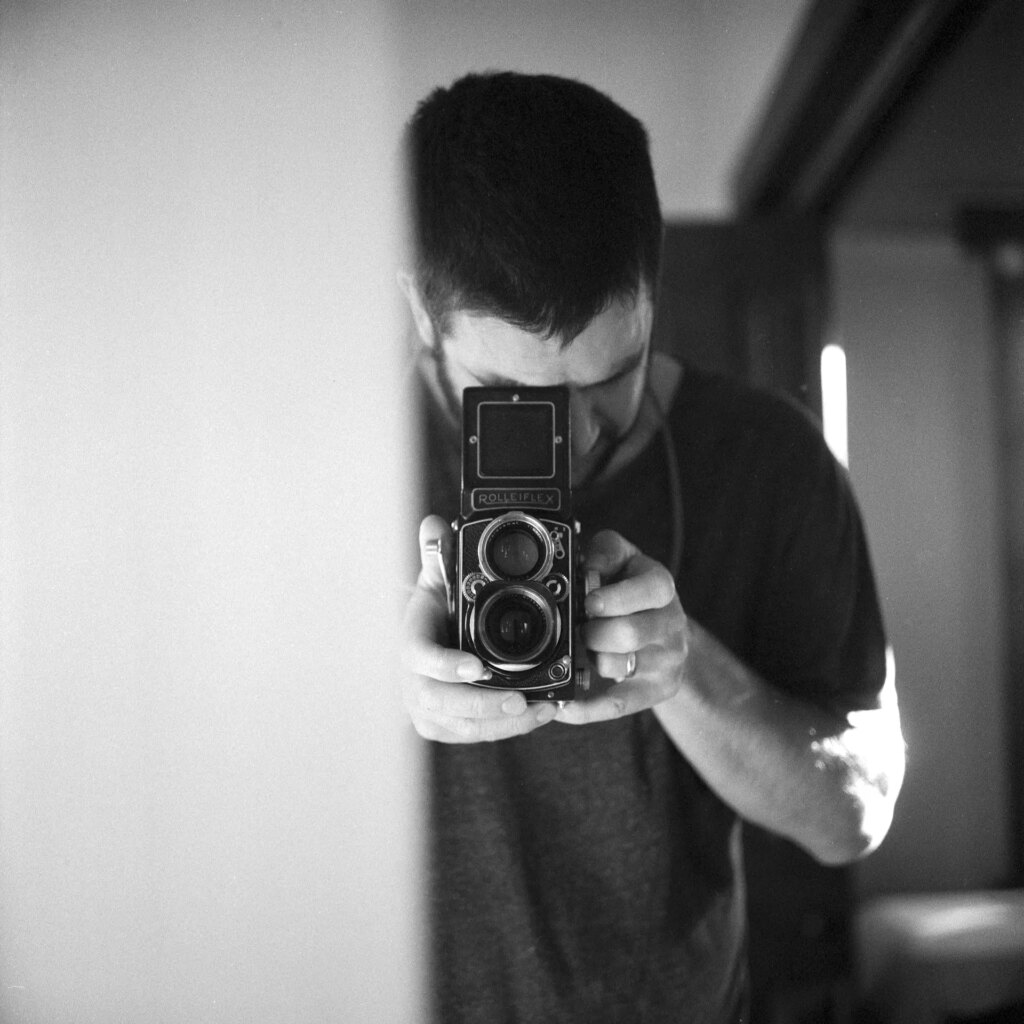
Nonetheless, when a Rollei 2.8 popped up on Gumtree I was curious. The price was low for a working example and these bodies don’t often appear in Australia. I was also dubious – the price was still significant, the product photos were terrible and the ad was poorly described and seemed a bit ‘scammy’. The seller was in a different state and an in-person inspection wouldn’t be possible (this is almost always the case when you live in Tasmania). Buying a Rolleiflex site-unseen and of unknown functional condition is usually considered a Terribly Bad Idea.
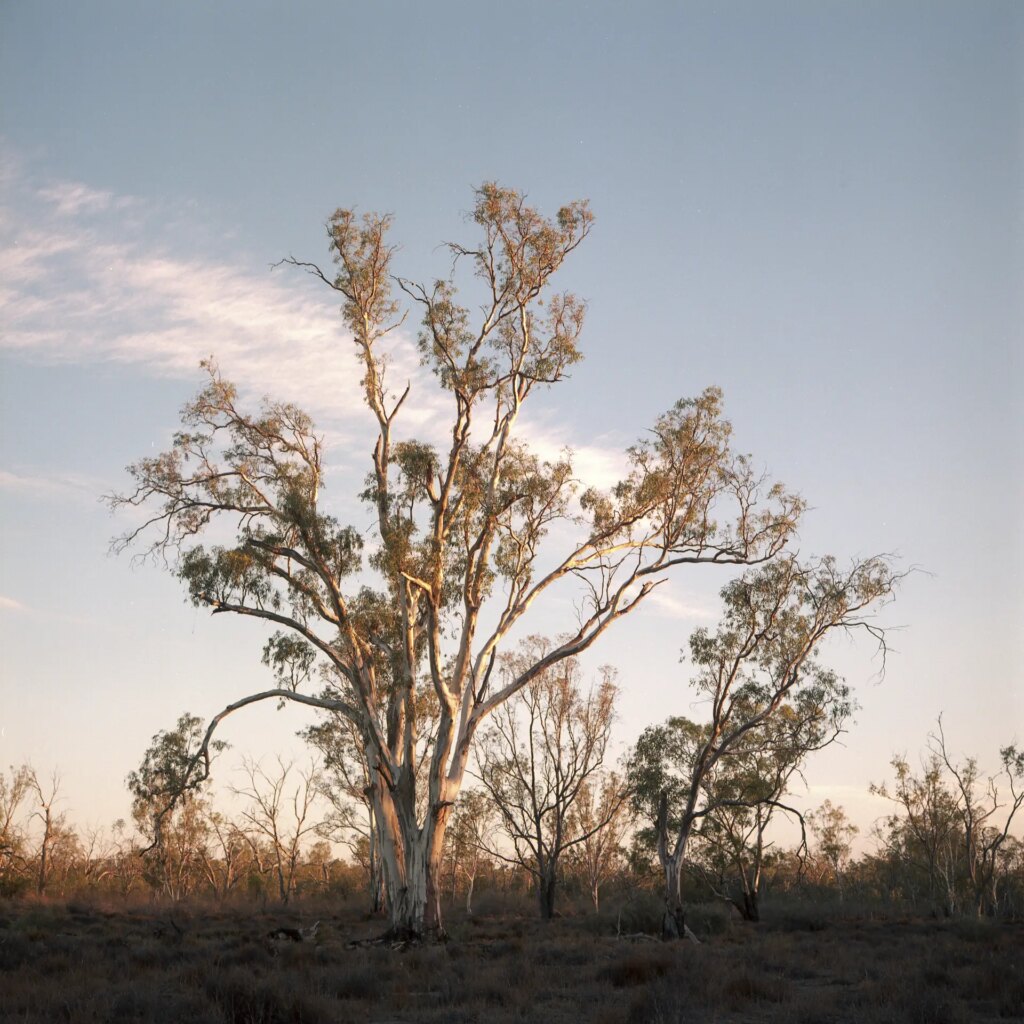
Some sleuthing keyed the model out as the somewhat-uncommon 2.8D with the legendary Zeiss 80/f2.8 Planar. I managed to get the seller on the phone, and after a half hour chat about photography and photographers (he was a huge Frank Hurley fan) I was convinced that the listing was legit, if not that the camera would actually work.
Mostly though, I was simply entranced by the romance… The 2.8D had been purchased new in the mid-50’s by the seller’s Godfather, an enthusiastic amateur photographer who had recently passed. By my reckoning this would make it one of the oldest single-owner cameras around. I’ve always been more interested in rescuing classic cameras than buying perfect examples, and I loved the idea of giving the Rollei a new lease of life.
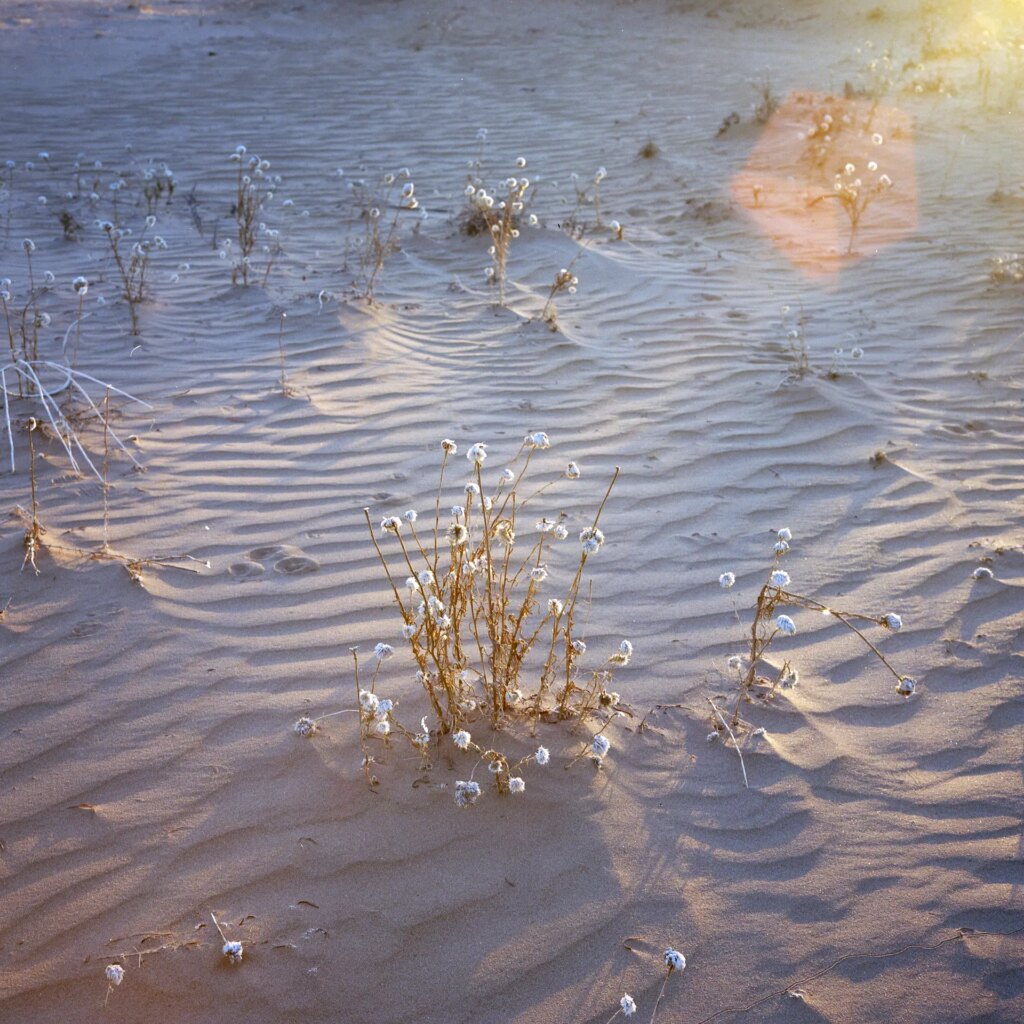
I decided to go for it, and several weeks later I was the proud owner of a beautiful German TLR in desperate need of a service. The body was straight and corrosion free. Leatherette looked good without the common brown staining. Optics were solid, with a little wear to the coatings but crucially no sign of the dreaded Planar separation. The mirror and screen were ok, but covered in decades of accumulated crud. Focus was a little rough and the shutter was intermittently hanging at speeds below 1/30″.
I shot a test roll to check basic functions, and then sent it off to local legend Vic Plant for an overhaul. Several weeks later and it came back working like a dream (mostly).
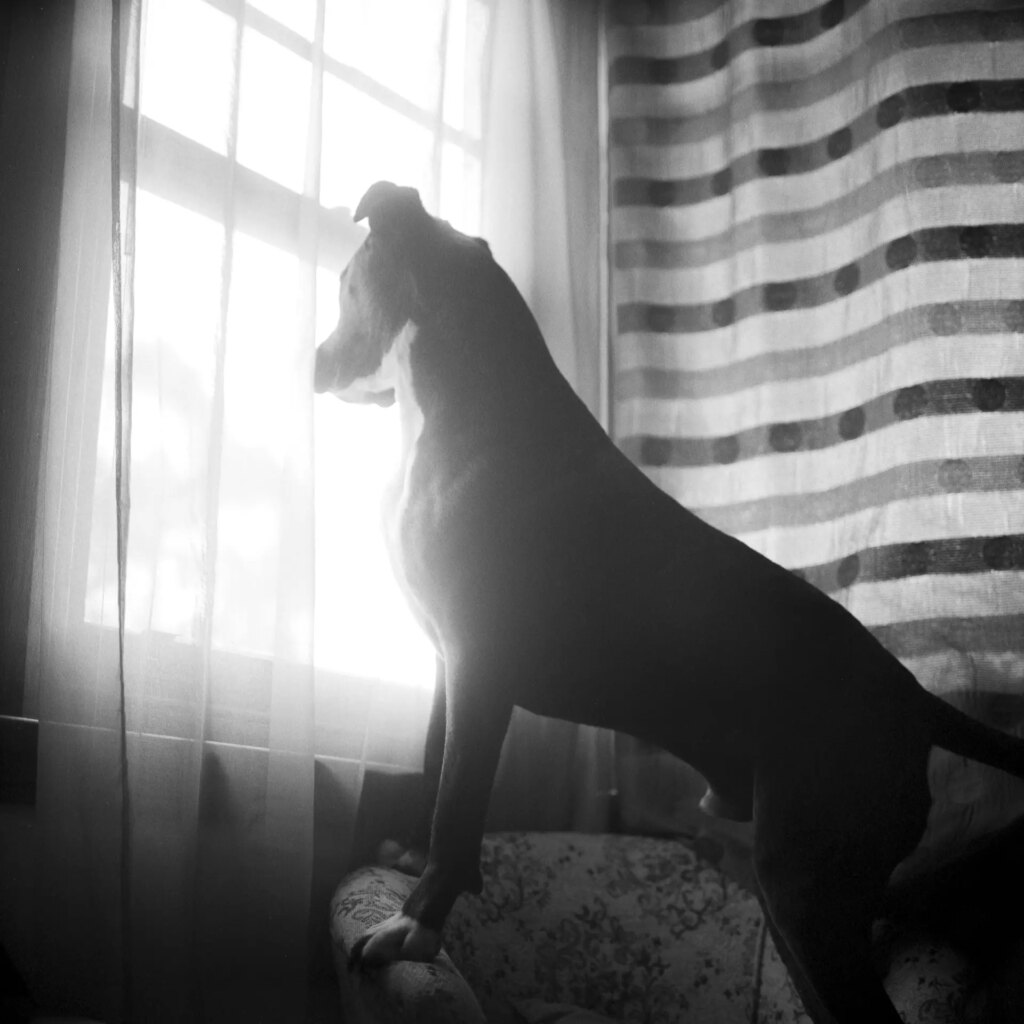
I started to shoot with the 2.8D in earnest. All appeared fine for a few rolls, before a peculiar quirk emerged. The body would intermittently refuse to advance past the first frame, shooting a number of double exposures before finally advancing to frame 2. A fellow Tasmanian and Rollei enthusiast generously helped me troubleshoot the problem, and eventually we deduced that the issue might be caused by a missing door-locking pin. Broken door pins are common on Rollei TLR’s and usually occur when the door catch is forced, snapping the pin at the threads. The door will still close and remain light-tight without the pin, but doesn’t pull flush. Because the door wasn’t pulling fully closed, it wasn’t consistently triggering the frame advance lever (I apologise to any Rollei techs for using the wrong terminology).
I managed to source a new pin, and we spent several hours using using a hand-driven jeweller’s drill to remove the remnants of the old pin, while trying desperately to avoid damaging the threads. Success! The door pulled flush, the film advanced correctly, and the 2.8D was now working perfectly (and has continued to do so for the three years and 50 odd rolls).
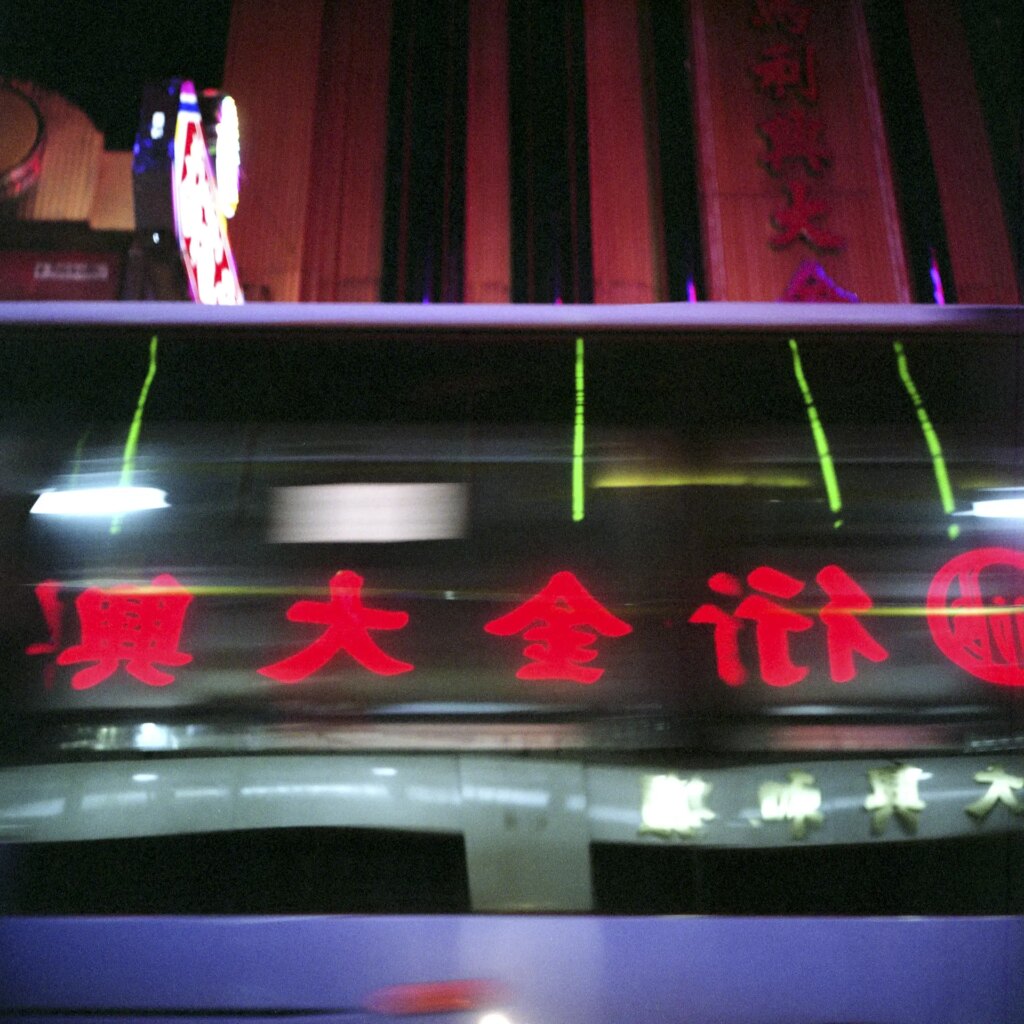
In use, the 2.8D is a delight.
A big part of why I love to shoot film is the gear. I can get perfect files out of my Nikon Z6 with very little effort. But there is nothing like the immersive experience of using a wonderfully designed, fully mechanical camera. The tactile experience of using the 2.8D is remarkable. Every part you interact with clicks and schnicks and moves and turns and functions in perfect mechanical symphony.
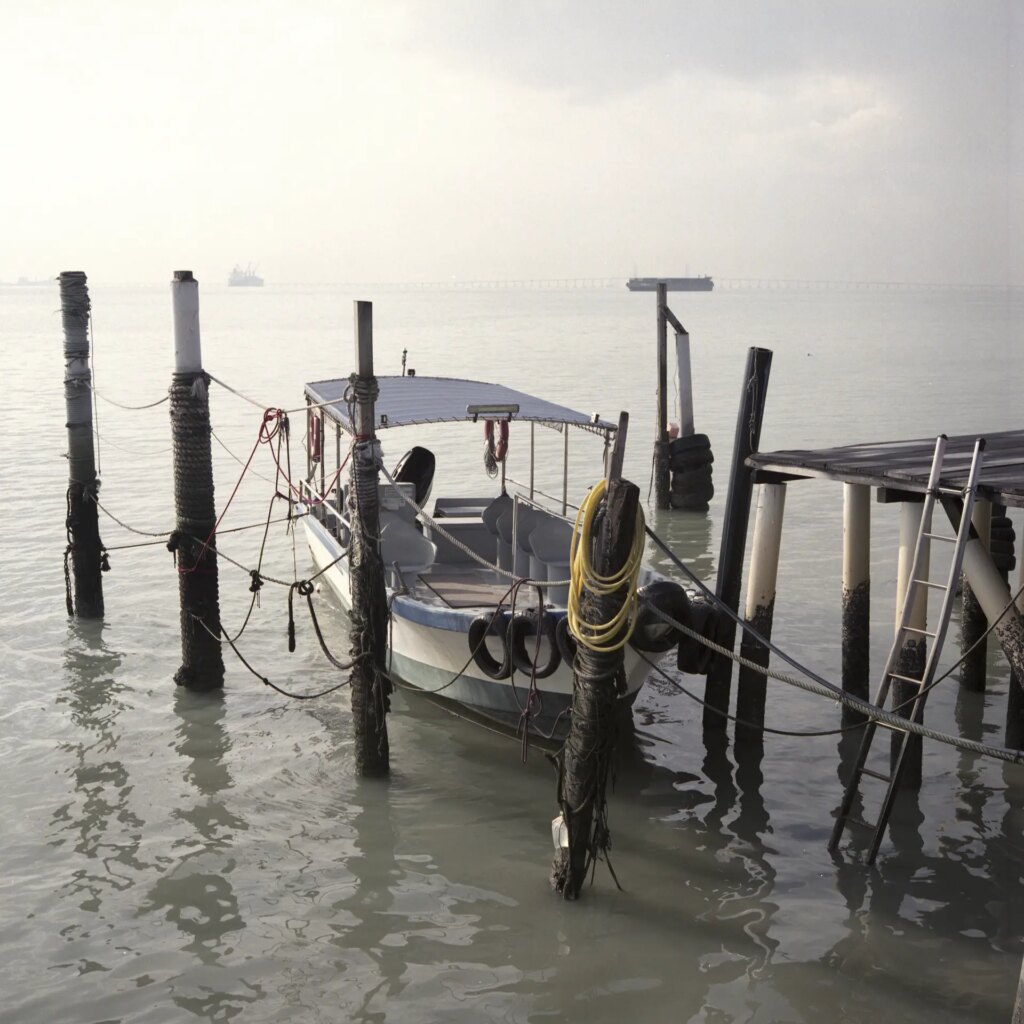
I was initially a little surprised by how much I enjoyed the Rollei. The 500CM is objectively a better camera – a through-the-lens viewfinder with no parallax or perspective issues, interchangeable lenses, backs and viewfinders, far brighter focussing screens, 25 years newer… Nonetheless, since getting the 2.8D I’ve shot precisely one roll through the 500CM. It’s a cliche but the Rollei feels like it was created by a photographer, while the Hassy was made by an engineer. Perhaps the most remarkable thing about the 2.8D is that it’s a 67-year-old bit of technology that still does exactly what it’s supposed to, with minimal fuss and at a remarkable level of quality.
I’ve found myself shooting a particular way with the 2.8D. The ‘normal’ lens, square format and mirrored waist-level-finder lends itself to a certain type of framing. Compositions are gradual affairs, and the focal length and image ratio don’t impose themselves on the image. There’s no compression of elements, sweeping panoramas, or exaggerated leading lines. Rather, I find myself using the 2.8D to capture quiet vignettes, the little moments and collections of interesting elements.
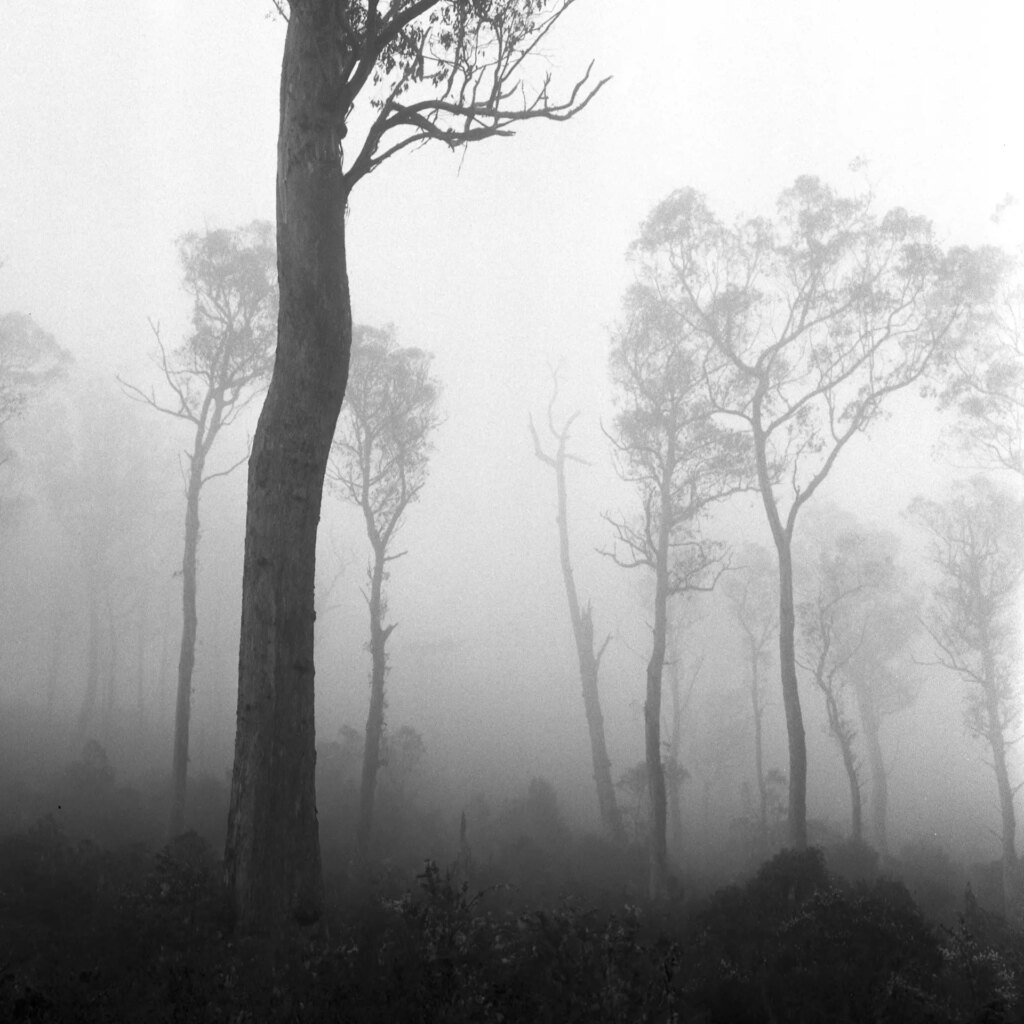
Put simply, the Rolleiflex 2.8D is a joy. It’s not the ‘best’ camera ever, but it gets right to the heart of how photography can be, and should be, fun. This is one of the few cameras in my collection that is a genuine keeper, and I hope to still be using and enjoying in for decades to come.
You can find more of my film work on Instagram.
Share this post:
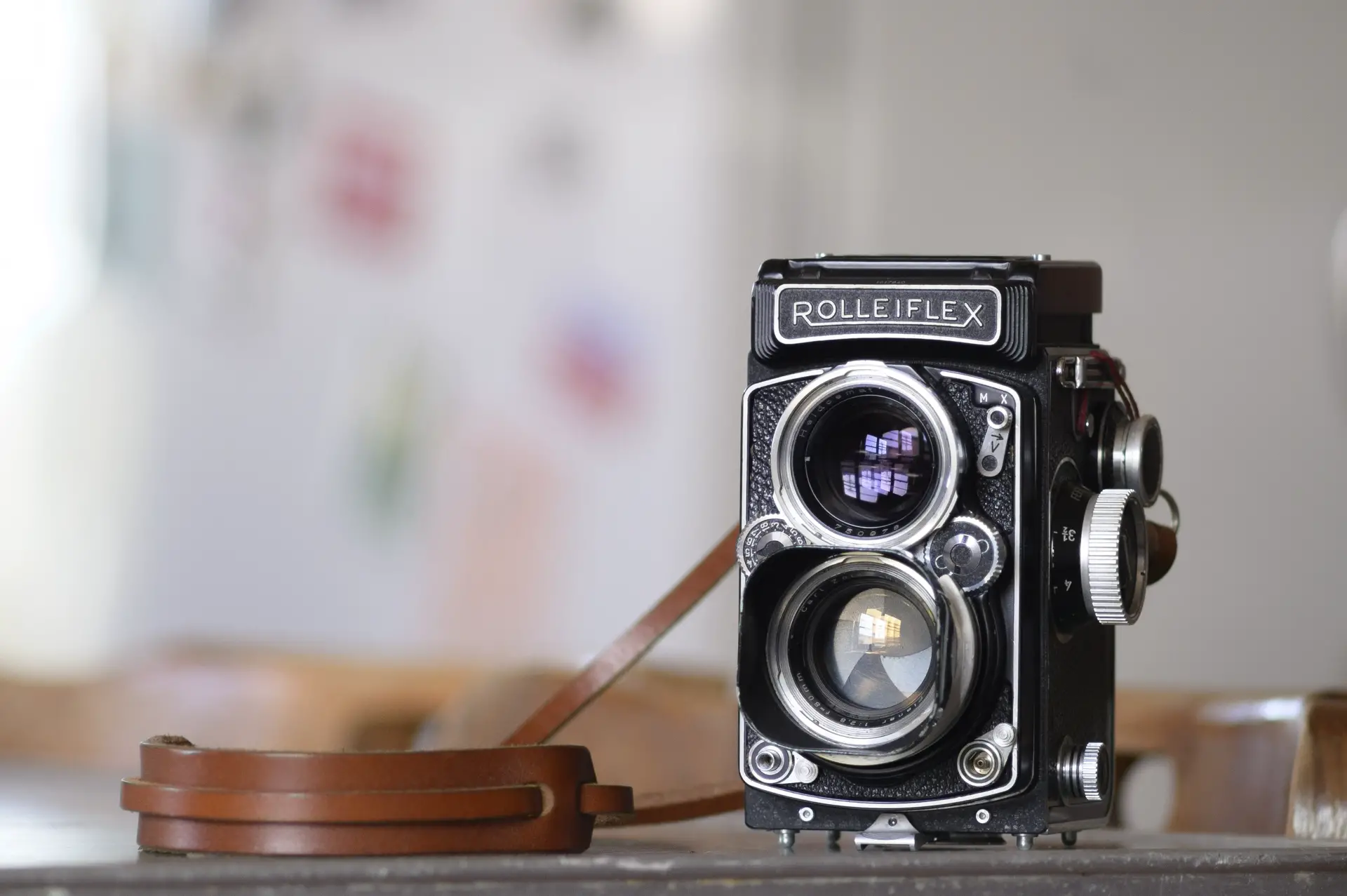








Comments
Sam Westenskow on Rolleiflex 2.8D – Getting to know a Classic – Three Years of Ownership
Comment posted: 02/06/2023
Comment posted: 02/06/2023
Bob Janes on Rolleiflex 2.8D – Getting to know a Classic – Three Years of Ownership
Comment posted: 02/06/2023
I took my K4/50 off on a photo walk the other day, and I’m looking up at the hanging negatives as I type. The lens on mine is a bit slower than yours though.
I like your description of being the ‘custodian’ of a Rolleiflex – and I like your pictures even more.
Comment posted: 02/06/2023
Jack Carbone on Rolleiflex 2.8D – Getting to know a Classic – Three Years of Ownership
Comment posted: 02/06/2023
I just picked up the Rolleiflex 3.5 e. I saw it on eBay and made they guy an offer and he accepted it. Before that I another one and when I got it I found the shutter didn't work and the latch pin was gone, so I sent it back.
I, like you, never gave much thought to a Rollei. But I got more and more intrigued as time went on.
When I got this it was in beautiful condition, I'm running test rolls now. But holding it is an experience. Beautifully designed, comfortable in the hand. An elegant camera.
Comment posted: 02/06/2023
Michael Elliott on Rolleiflex 2.8D – Getting to know a Classic – Three Years of Ownership
Comment posted: 02/06/2023
As it is, yes it probably does need a service but it's working mostly fine without. The image quality is well up there as you'd expect, though the character isn't as soft and gentle as the Zeiss Jena lenses I have in the P6 system.
It took me a while to start liking using it. It's a different feel - both in hand and in composition. The reversed image is still tough to get used to after a break.
But after a couple years, it has become the first MF camera I reach for out of it, the Kiev 60, the Fujica GL690 and the Fuji GA645Zi if I'm just going out on the street (the others I use for specific subjects).
I like your take on it all, and appreciate you taking the time to share :)
Comment posted: 02/06/2023
Richard Noll on Rolleiflex 2.8D – Getting to know a Classic – Three Years of Ownership
Comment posted: 02/06/2023
Comment posted: 02/06/2023
Art Meripol on Rolleiflex 2.8D – Getting to know a Classic – Three Years of Ownership
Comment posted: 02/06/2023
You wrote "Compositions are gradual affairs, and the focal length and image ratio don’t impose themselves on the image. There’s no compression of elements, sweeping panoramas, or exaggerated leading lines. Rather, I find myself using the 2.8D to capture quiet vignettes, the little moments and collections of interesting elements."
Your lovely images are great visual examples of those thoughts.
Comment posted: 02/06/2023
Matthew Bigwood on Rolleiflex 2.8D – Getting to know a Classic – Three Years of Ownership
Comment posted: 02/06/2023
Comment posted: 02/06/2023
Castelli Daniel on Rolleiflex 2.8D – Getting to know a Classic – Three Years of Ownership
Comment posted: 02/06/2023
Dan
Comment posted: 02/06/2023
Daniel on Rolleiflex 2.8D – Getting to know a Classic – Three Years of Ownership
Comment posted: 02/06/2023
Great story of a camera brought back from the brink of extinction. Your description of the 6x6 and waist level shooting gells with my experience with a Mamiya C330. I loved the big focus knobs and the fabulous glass of the Mamiya.
I would not mind if you provided the contact details for Vic Plant's camera servicing A quick search produced no obvious result.
Regards
Daniel
Comment posted: 02/06/2023
Dom on Rolleiflex 2.8D – Getting to know a Classic – Three Years of Ownership
Comment posted: 03/06/2023
I totally second your experience. There are cameras that change your approach to photography completely.
My first medium format camera I ever purchased was a beat up Rolleicord (with the magical 75mm Schneider Xenar, which still is my favorite lens), but I loved it. I started collecting vintage cameras and always knew the Hasselblad would be my holy grail, the camera that would end it all.
When I got offered a freshly serviced, one-owner (retired pro fashion photographer's) 500C for almost NO money (in Hassie terms), I even resisted initially. But I went for it and the dream was fulfilled.
Few years later, in a summer's night with the third beer in my hand, as you do, I went on eBay and 'accidentally' shot a Rolleiflex 3.5B Tessar for, again, no money in Rollei terms, although I didn't really need or want it. This, though, changed everything for me. It's to this day my n°1 go-to MF camera. It's light and packable, it's fun, it's stylish, it's a conversation starter. It's an occasion every time I go out and shoot.
I had the same situation with my 35s when I bought a mint Zeiss Contax IIa. It's such a mega nice piece of kit. Since then, my precious Leica stays on the shelf, collecting dust.
Somebody once told me that you won't become a good chef just because you bought the most expensive frying pan. You become a good chef if the pan you already own becomes a part of you. It's the same with photo gear as well.
Cheers!
Comment posted: 03/06/2023
Heath Moore on Rolleiflex 2.8D – Getting to know a Classic – Three Years of Ownership
Comment posted: 07/06/2023
Comment posted: 07/06/2023
shamim on Rolleiflex 2.8D – Getting to know a Classic – Three Years of Ownership
Comment posted: 10/06/2023
Steve on Rolleiflex 2.8D – Getting to know a Classic – Three Years of Ownership
Comment posted: 23/06/2023
ajzon bangladesh on Rolleiflex 2.8D – Getting to know a Classic – Three Years of Ownership
Comment posted: 05/08/2023